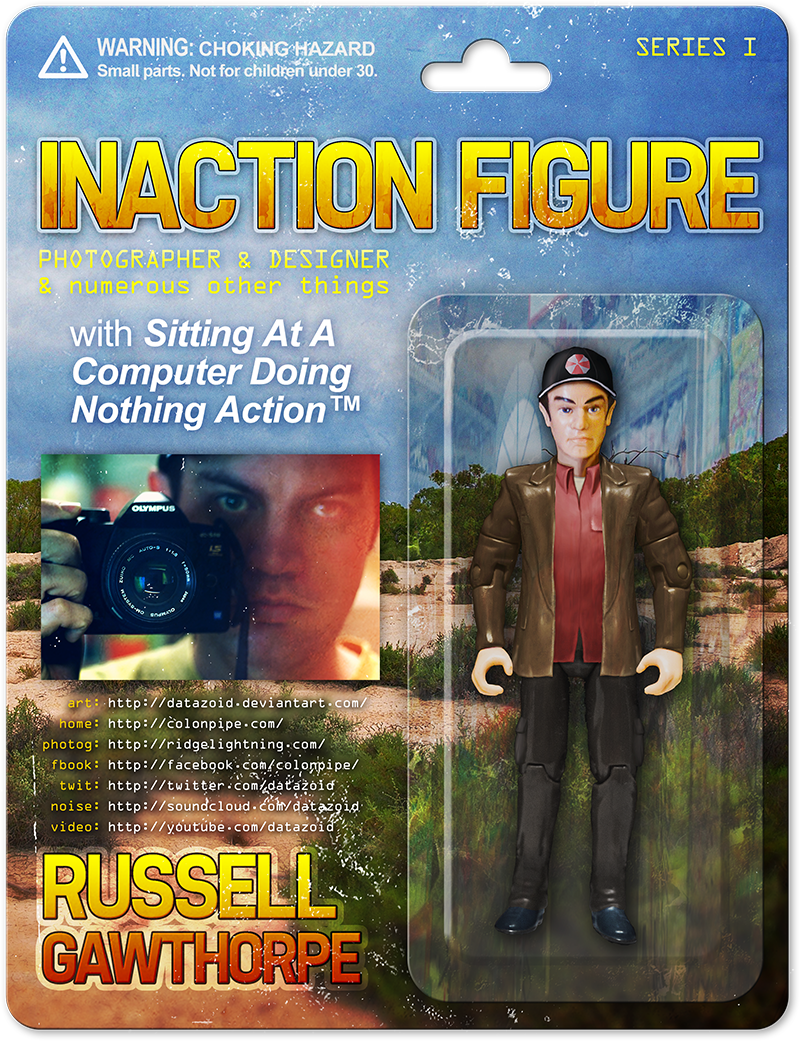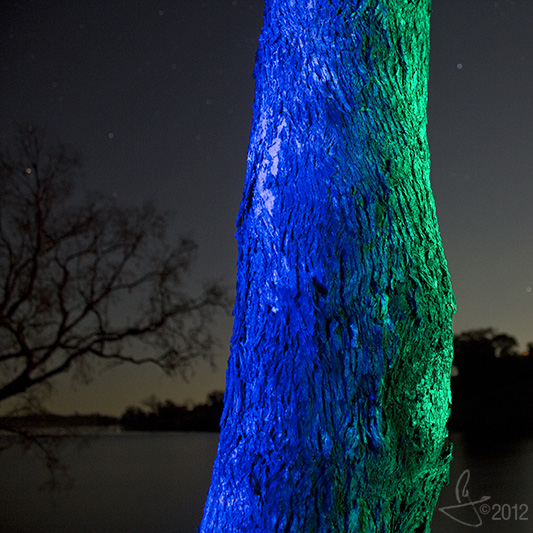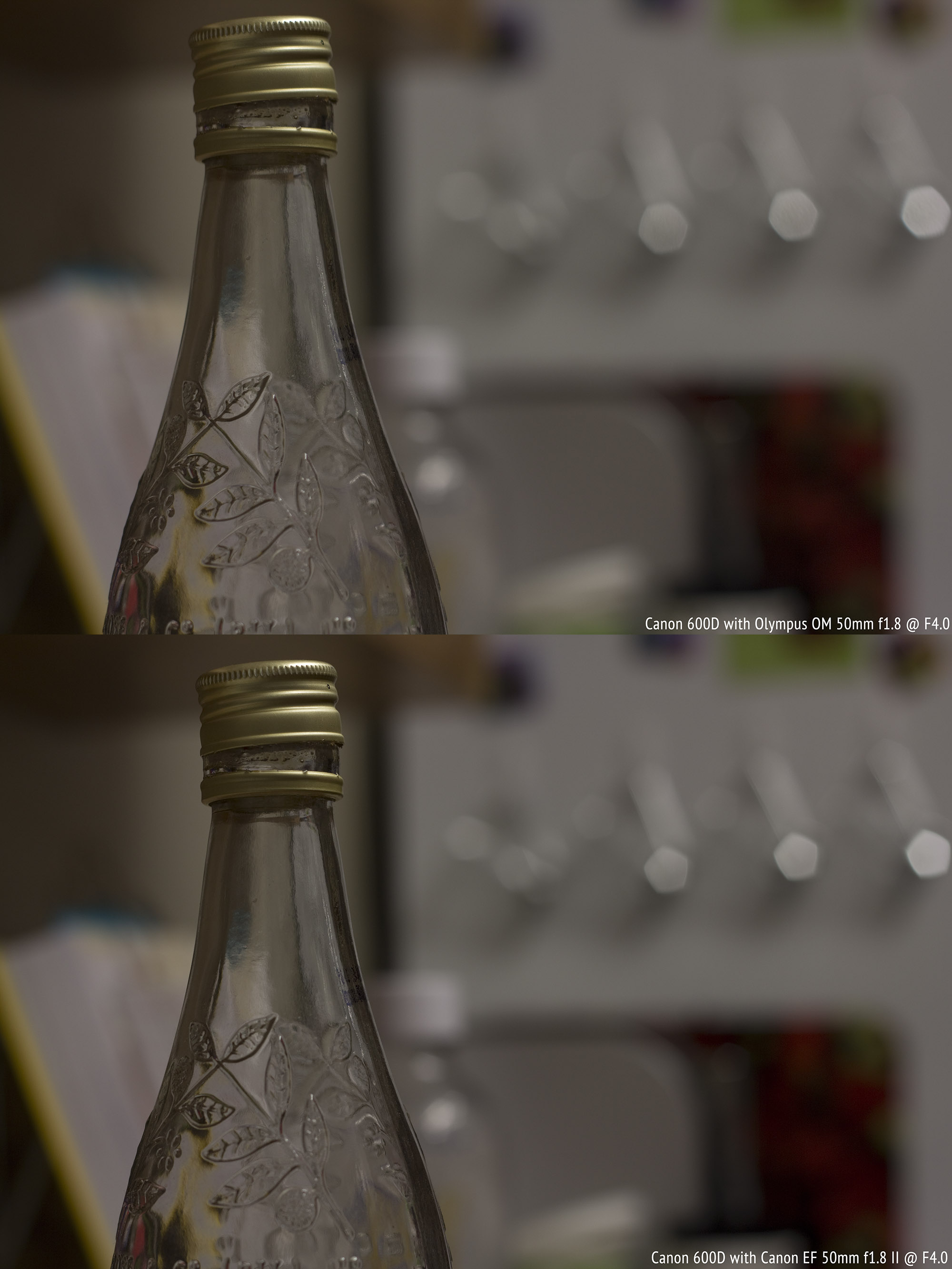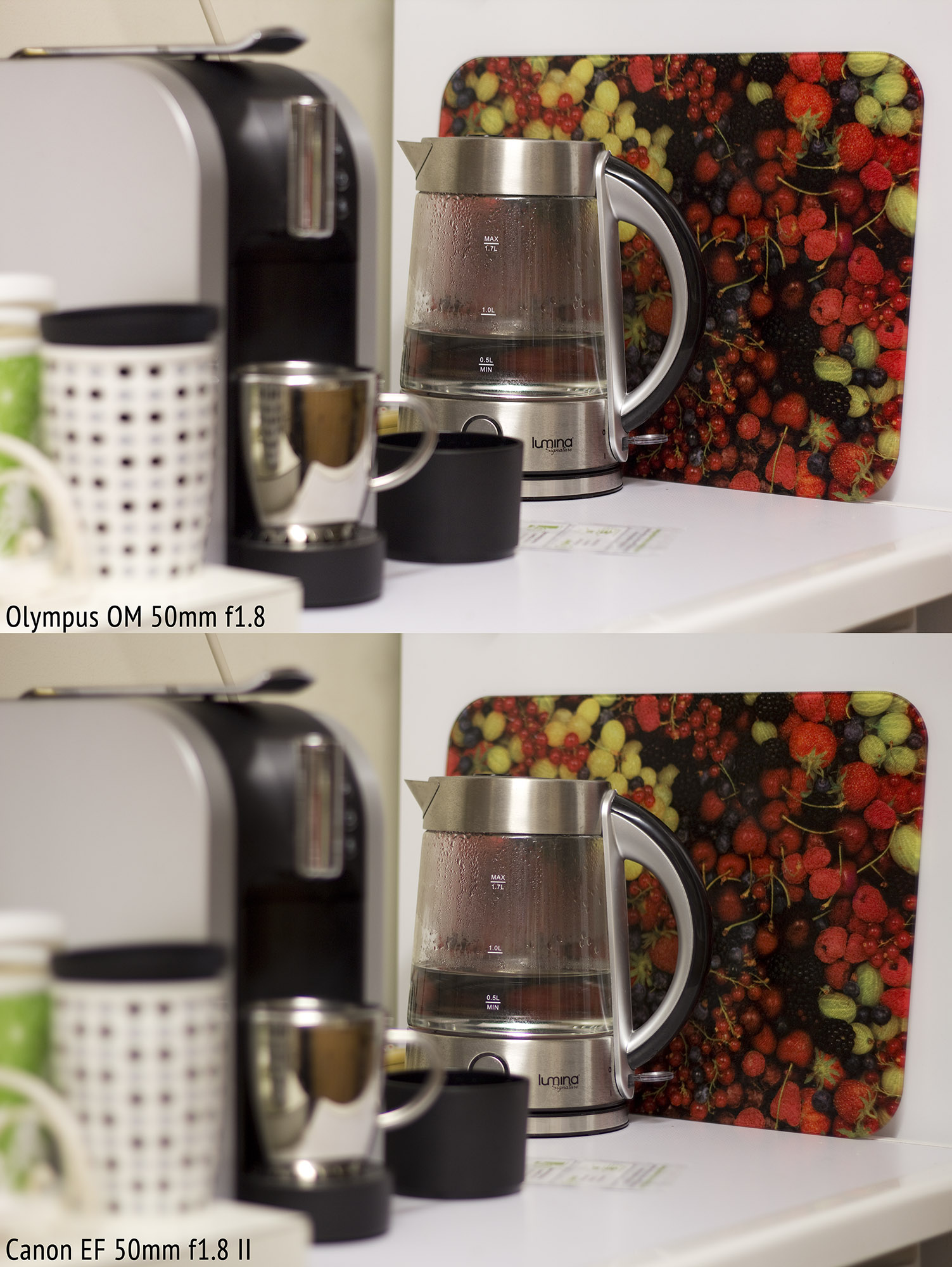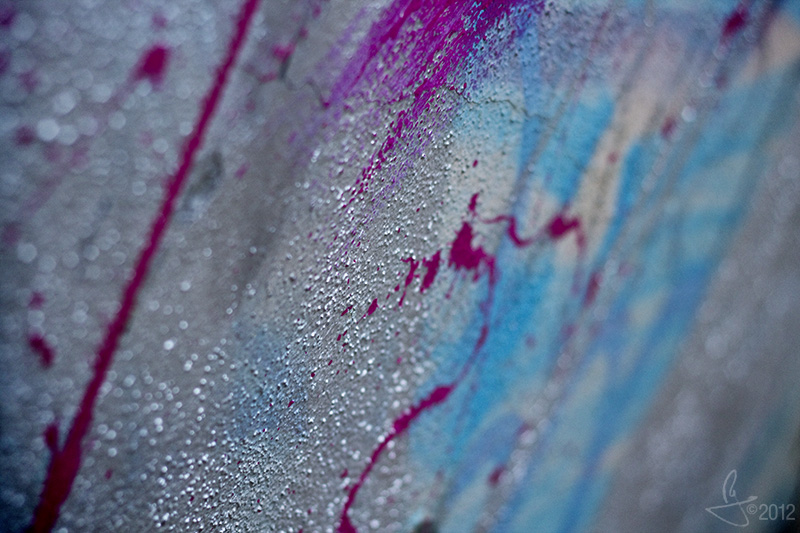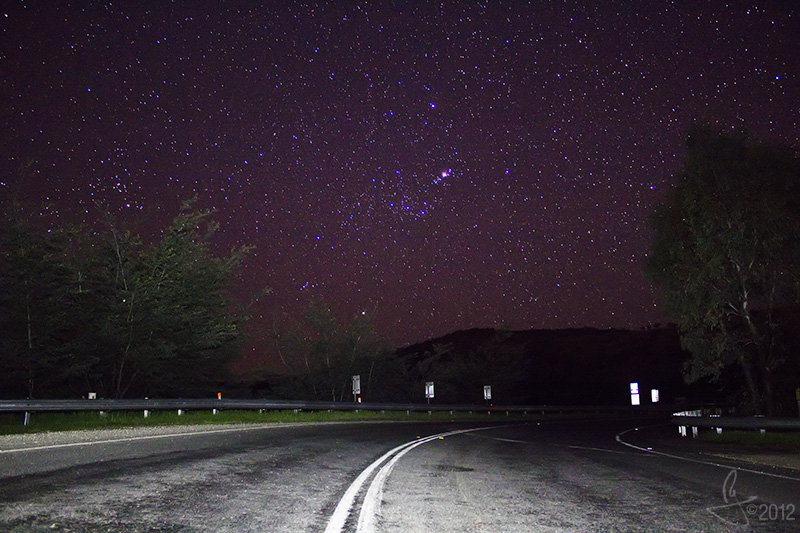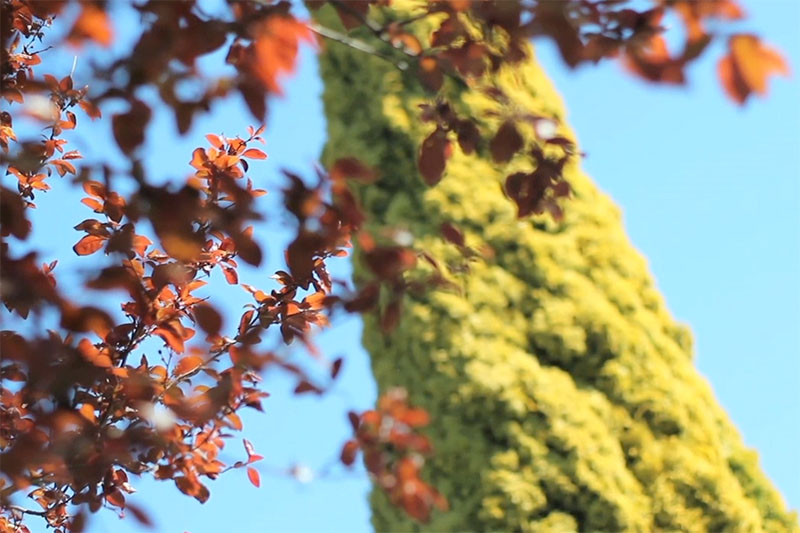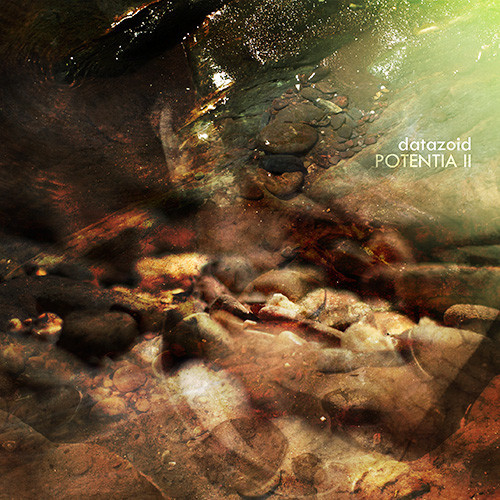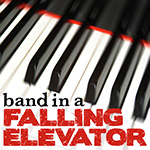I very much regret having been born 20 years too late to truly appreciate the space program(s), and their effect on society. I grew up in the era where Star Wars was so much cooler than our actual astronauts. I grew up in the era where the space program was waning into ubiquity, no longer a frontier to be challenged as much as a scientific chore to be begrudgingly satisfied.
In the '80s, we did develop the Space Shuttle, the first re-usable spacecraft. But we'd already been there, just not in such a nice plane. Obviously, now we were able to come back in the same plane, not a glorified bucket with a parachute on, but still. It was nothing new.
Regardless, I love the space age, the space race, the moon missions, all that jazz. I love that people have dedicated their lives to it, in many cases quite literally.
I've been doing a bit of research recently, and I've discovered that the world (and another one, we'll get there in a moment) is full of little (and not so little) memorials to people who've died while pursuing mankind's greatest adventure. I've compiled a little list. Please bear in mind that this is not a "top ten", and these aren't ranked. Because they're freakin' memorials. That's just rude. Having said that, though, the last one is really cool.
The Space Mirror
The Astronaut Memorial, at the John F. Kennedy Space Center in Florida, is a gigantic polished granite block bearing the names of 24 astronauts who have died. The astronauts names are arranged in a logical scattering, and are cut entirely through the block, so light can shine in from behind and illuminate them.

Originally, the entire thing was on a giant rotating mechanism with a tracker to keep it facing the right direction for the sun to make the names glow, but the mechanism failed in 1997, and a decision was made not to repair it, as the phenomenal amount of money needed to repair it was deemed better used for education. Which I heartily agree with.
Laika
Laika was the first dog in space. In 1957, she became the first living creature to orbit the earth. No provision was made in her crude spacecraft, Sputnik II, for her to return safely to Earth -- rather, she was intended to be euthanised by poisoned food after completing a few successful orbits. During the launch sequence, a malfunction caused part of the heat control system to fail, which unfortunately lead to Laika only surviving a few hours into the first orbit.
Laika, fittingly, has two memorials. One with her fellow cosmonauts, at the Monument to Conqueror's of Space, and one on her own, standing atop a rocketship near the Moscow Military Medicine Institute. You can see a picture here.
Speaking of memorials to Laika the space dog, if you're into crying volumes of tears, here's Rockleetist's English-language cover of the Hatsune Miku song "Laika". If you like dogs, it's pretty torturous.
Monument to the Conquerors of Space
This 110m-tall stylised titanium spire lives in Moscow, behind the Memorial Museum of Astronautics. The thing is actually a curved obelisk, shaped like the exhaust plume of a rocket, with a rocketship sat atop. The whole thing is plated in titanium. At its base, a statue of Konstantin Tsiolkovsky, one of the pioneers of astronautics.

Cape Canaveral Air Force Station Launch Complex 34
The Apollo 1 launch platform (also used for Apollo 7) remains in living memory of the three astronauts who were lost in the Apollo 1 fire in 1967 -- Gus Grissom, Ed White and Roger Chaffee.
You probably remember the concrete structure from its appearance in the film Armageddon.

The Fallen Astronaut
By far the coolest, and possibly most emotional memorial to lost astronauts is the three-inch-tall aluminium spacefarer left on the surface of the moon by Apollo 15 in 1971. Here's the Wikipedia page about it.
The statue was created by a guy called Paul Van Hoeydonck, and it now resides in Hadley Rille on the lunar surface.


